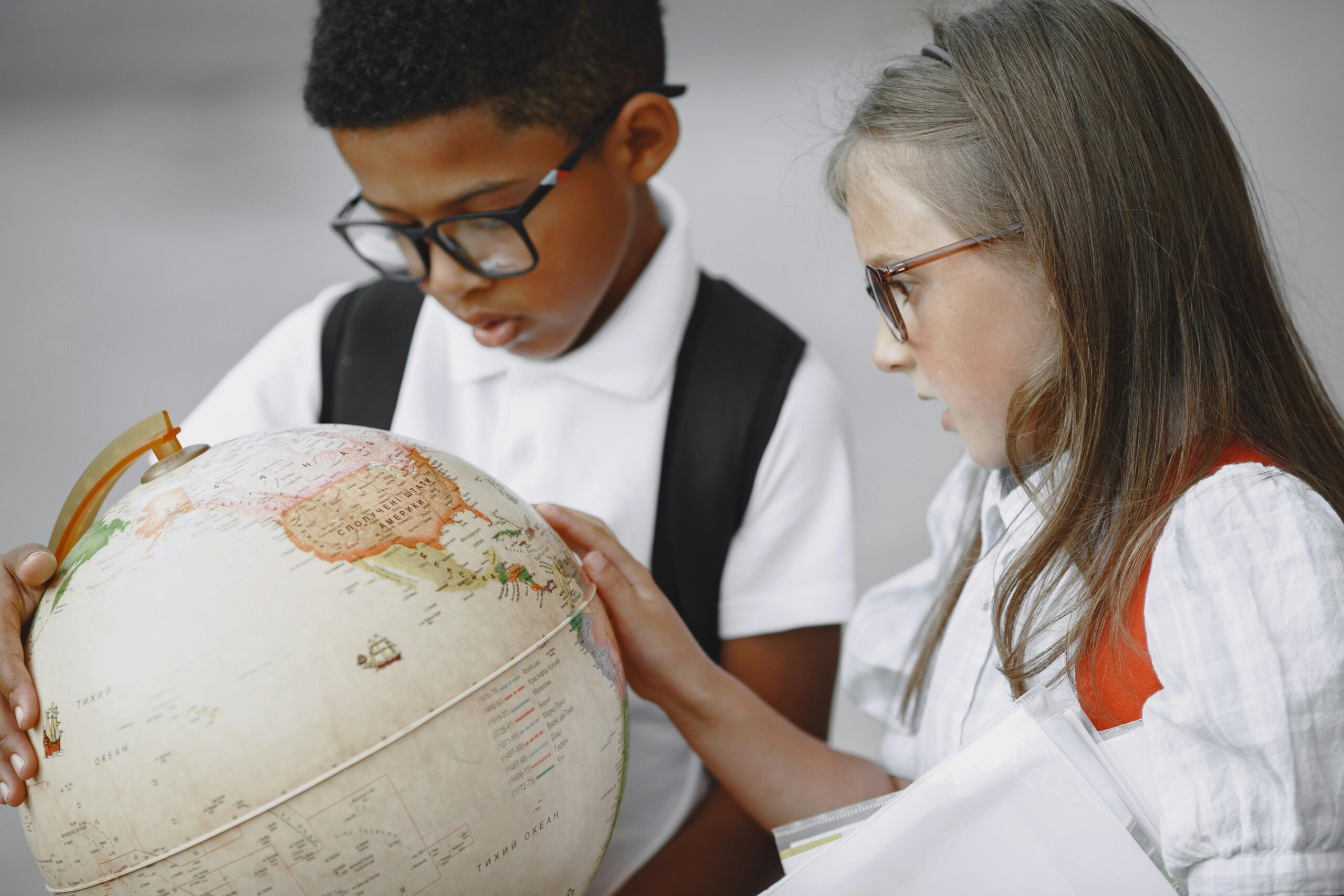Disaster risk reduction: A vital and vastly underfunded approach for disaster philanthropy

The International Day for Disaster Risk Reduction (DRR) falls on October 13. This year, the theme, “Empowering the next generation for a resilient future,” highlighted the importance of safe and disaster-resilient schools and age-appropriate education for children. Since the year 2000, over 80,000 schools have been damaged or destroyed, and 1 billion children have faced disruptions from disasters. Additionally, almost half of the world’s 2.2 billion children live in a country classified as “extremely high-risk” for experiencing the impacts of disasters.
What is disaster risk reduction?
DRR is a process that identifies risks within communities that can potentially transform natural hazards like storms, floods, earthquakes, etc. into disasters. It aims to reduce these risks through pre-planning for natural hazards.
According to Paola Albrito, Director of the United Nations Office for Disaster Risk Reduction (DRR), “The focus of DRR is building resilience [within communities] by preventing disasters that cause widespread destruction and loss of life.”
Albrito joined a recent Center of Disaster Philanthropy (CDP) webinar, “Disaster risk reduction: How philanthropy can empower a resilient future.” CDP’s Senior Manager of Strategy and Research, Austin Snowbarger, moderated the webinar, which also featured Lisa Butenhoff, Head of Anticipatory Action at Save the Children International.
What is anticipatory action?
Anticipatory action is part of a broader approach to DRR and focuses more on timing. For example, some disasters, like droughts, give communities a few months to prepare, while others, like hurricanes, give communities just a few days.
Buttenhoff said, “We know that 50% of humanitarian crises are predictable. What capacities already exist at the community level that we can support? Can they build up dikes? Can they store up food? Can they identify evacuation routes?” Anticipatory action helps shore up the risk mitigation activities communities already implement and identifies those areas that still need support.
How is an investment in DRR an investment in recovery?
For every $1 invested in DRR, funders can save up to $15 in post-disaster recovery. A good example of an effective DRR strategy is the implementation of earthquake building codes. In 1985, an earthquake killed tens of thousands of people in Mexico City. After the disaster, Mexico City codified laws to improve the infrastructure of buildings so they could withstand earthquakes. When a massive earthquake struck the city in 2017, the city registered far fewer deaths than in 1985 as a result of these changes.
CDP research reports that funders invest about 50% in the immediate response after a disaster, about 10% in long-term recovery, and just a fraction in preparedness. Albrito stated, “We know that the number of affected persons and absolute economic losses from disasters have been steadily increasing,” but just 1% of all disaster philanthropy goes to DRR.
Empowering children as part of DRR
Children are very important to DRR, and yet they are rarely considered. Children account for 30% of the world’s population, sometimes 50% in more vulnerable regions. Disasters often have an outsized impact on children—they are physically smaller and more susceptible to disease and injury, and their education can be disrupted or abandoned altogether after a disaster. Stress in the family resulting from disaster can put them at risk of abuse or exploitation. Children also have opinions and ideas that should be considered in DRR. They can support early warning, monitor water levels and wind gauges at school, and practice preparedness. Save the Children added anti-venom kits to health facilities in Sudan after speaking with children who said, “When there’s a flood, we’re very afraid of snakes.” Children have a right to participate in shaping strategies in DRR.
Funding DRR is a humane approach to strengthening communities facing threats from climate change
Investment in DRR can save lives and livelihoods, preserve development gains, and save communities from the immense stress of enduring the full brunt of a disaster. It is a dignified approach to aid and can give people more control within their communities, especially those that are hit repeatedly by disasters and face a seemingly endless cycle of recovery. As climate change makes billion-dollar disasters more common, funders can’t afford not to help strengthen communities to withstand them.
As Buttenhoff said, “We can’t mitigate all of the impacts [of disasters] through DRR and anticipatory action, but we can mitigate a lot of them.”
Watch the webinar recording to learn more:
